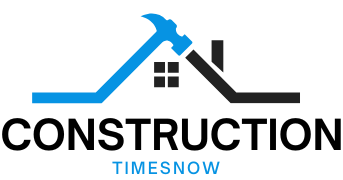How the Australian Federal Election affects the housing market – Realty.com.au Blog

Housing affordability is a significant issue in Australia, featuring prominently in federal election campaigns. The cost-of-living pressures and mortgage affordability are major concerns for “mortgage belt” voters who are demanding policy solutions.
During an election campaign, major parties propose various housing policies. These policies are often presented as ways to help Australians, particularly first home buyers, enter the property market or ease financial stress. For example, the Coalition proposed allowing first-time buyers of newly built homes to deduct mortgage interest payments from income taxes for five years. Labor’s policy included expanding an existing scheme to allow all first home buyers to purchase with a 5% deposit without paying Lenders Mortgage Insurance (LMI), and a commitment of $10 billion to build 100,000 new homes exclusively for first homebuyers. There is also a proposal by both major parties for a two-year ban on foreign investors and temporary residents buying existing properties.
However, some analysis suggests that many of these proposed policies focus more on increasing demand rather than addressing constraints on supply. Critics argue that policies like taxpayer handouts to first home buyers are likely to increase demand, which in turn can make housing more expensive. For instance, Saul Eslake is cited as believing the Coalition’s mortgage tax deduction scheme is similar to a large interest rate cut for eligible buyers, which results in higher home prices, not increased home ownership rates. He also suggests that Labor’s policy guaranteeing 15% of deposits could have a similar effect. The core problem is seen as the high cost of housing, not a lack of demand, and these policies, potentially combined with expected interest rate cuts, could further increase housing costs. Neither major party is noted as having a policy explicitly aimed at lowering property prices.
Existing government schemes and grants, such as the Regional First Home Buyer Guarantee and the First Home Super Saver Scheme, are already in place to support eligible buyers. The 2024-25 federal budget also emphasized housing affordability, including expanding the First Home Guarantee and establishing the Housing Australia Future Fund (HAFF). The HAFF aims to build 1.2 million homes over five years with a $10 billion fund, though industry groups have warned this target may be difficult to achieve without additional measures.
The debate around housing policies in elections also reflects deeper societal issues and political strategy. Younger Australians, particularly Gen Z and millennials, are reportedly dissatisfied with affordability and are seeking systemic change, potentially shifting their votes towards smaller parties. Policies are sometimes tailored to resonate with specific voter groups, such as Labor’s approach potentially appealing to renters in urban areas and the Coalition’s to those preferring new homes in growth areas. The dissatisfaction over housing disparities is seen as threatening social cohesion and political stability, pushing major parties to address the issue, even if it requires difficult decisions.
Ultimately, while election campaigns highlight housing affordability and propose various solutions, the potential impact of these policies on the market, particularly on prices and supply versus demand dynamics, is a subject of considerable debate and criticism









